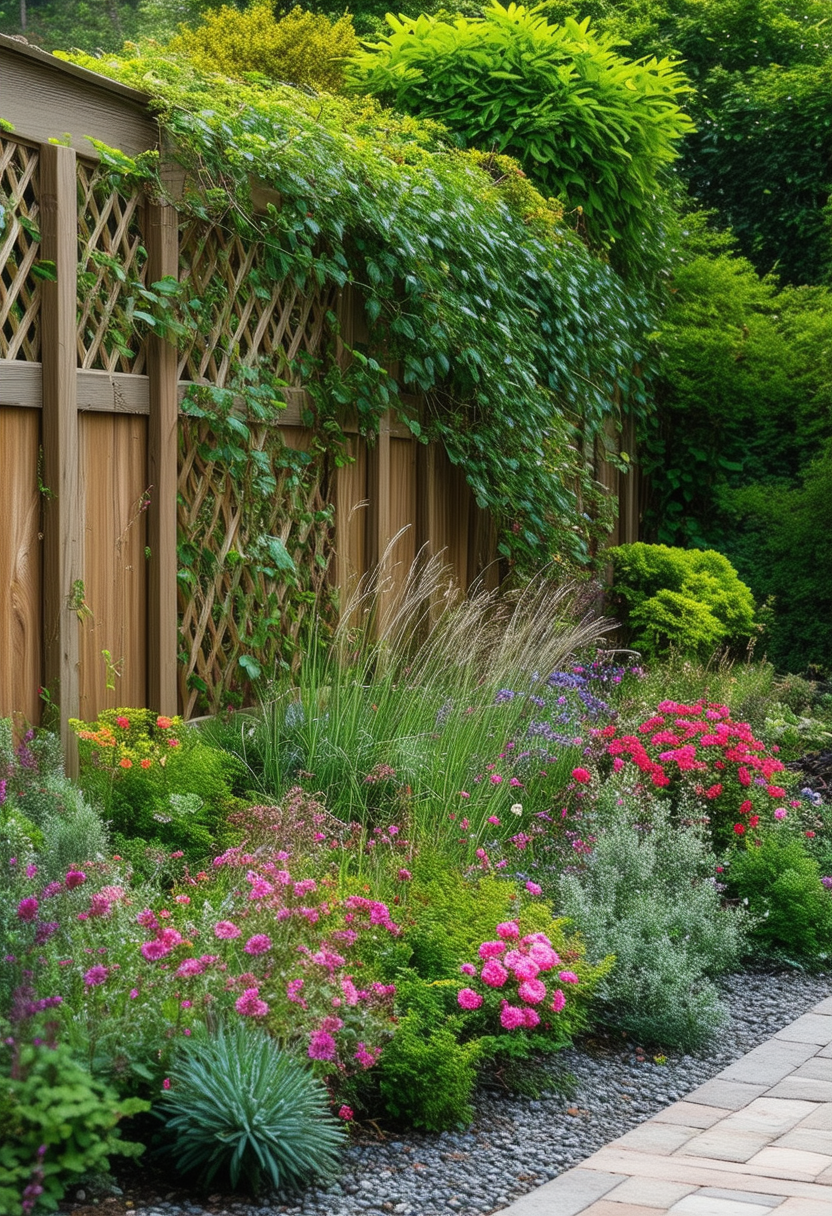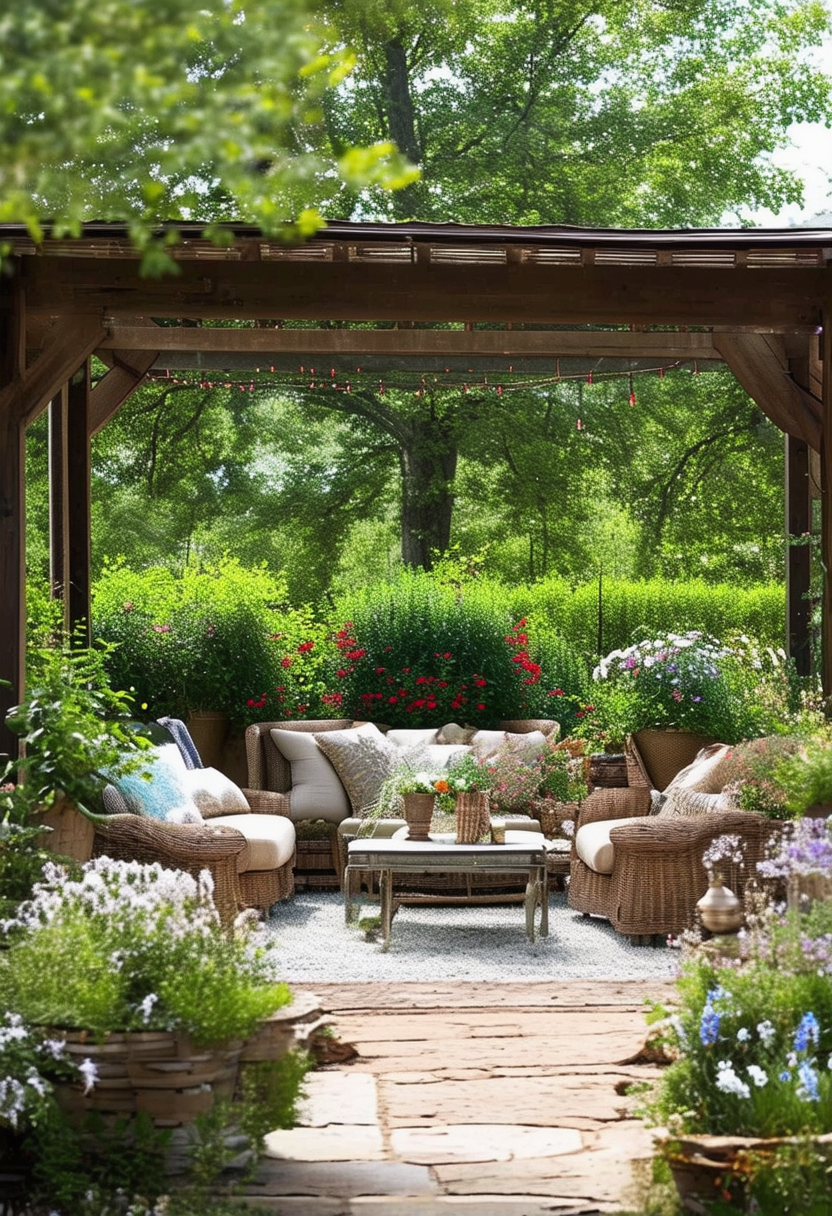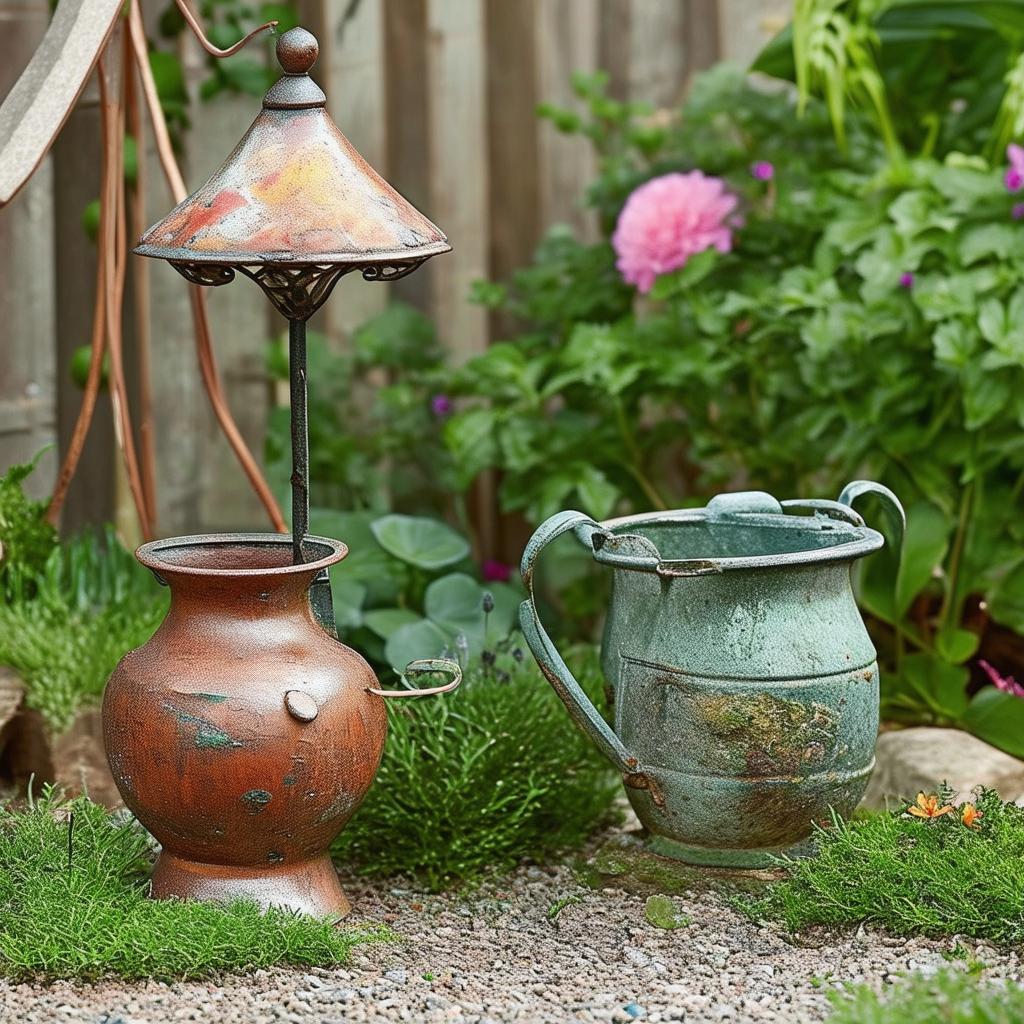Picture this: a picturesque garden brimming with vibrant blooms, lush foliage, and whimsical pathways, all tucked snugly against a charming fence. This isn’t just a dreamy scene from a fairytale - it’s the reality of fence-side gardens, a trend that’s taking the landscaping world by storm. In this article, we’ll explore the art of enhancing your landscape with creative boundary planting, and show you how to transform your outdoor space into a stunning oasis that will leave your neighbors green with envy.
Fence-side gardens offer a unique opportunity to maximize your outdoor space by utilizing the often-overlooked perimeter of your property. By planting a mix of shrubs, flowers, and ornamental grasses along your fence line, you can create a dynamic backdrop that not only adds visual interest and beauty to your yard, but also provides privacy, noise reduction, and habitat for wildlife. Whether you’re looking to create a cozy nook for reading and relaxation, a vibrant border to define your property, or a romantic setting for outdoor dining, fence-side gardens offer endless possibilities for enhancing your landscape in a creative and sustainable way.
Tips for landscaping along fence lines
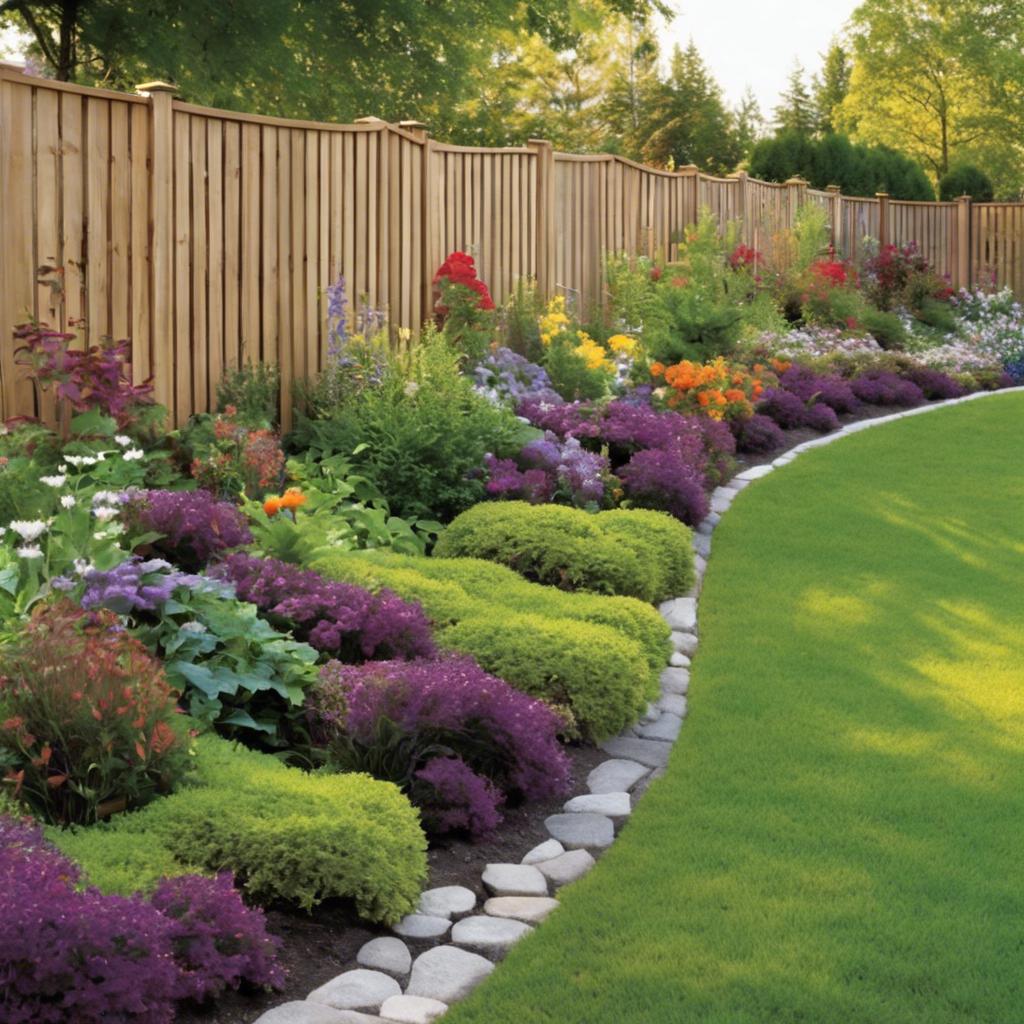
One creative way to enhance your landscape is by creating a fence-side garden that adds beauty and charm to your outdoor space. By planting a variety of plants along your fence line, you can create a visually appealing boundary that adds depth and dimension to your yard. Consider mixing different types of flowers, shrubs, and even small trees to create a diverse and interesting display.
When planning your fence-side garden, be sure to consider the amount of sunlight that each area receives throughout the day. Some plants thrive in full sun, while others prefer shadier conditions. By selecting a variety of plants that are suited to the light levels in different areas of your fence line, you can create a garden that is both beautiful and healthy. Don’t forget to also consider the amount of water each plant requires, and group them accordingly for easier maintenance.
In addition to plants, you can also incorporate other elements into your fence-side garden to add interest and functionality. Consider adding decorative features such as trellises, arbors, or even a small seating area where you can relax and enjoy your garden. You can also use mulch or decorative stones to create pathways or borders within your garden, adding structure and visual appeal. By thinking creatively and incorporating a variety of elements, you can transform your fence line into a stunning and unique landscape feature.
Choosing the right plants for fence-side gardens
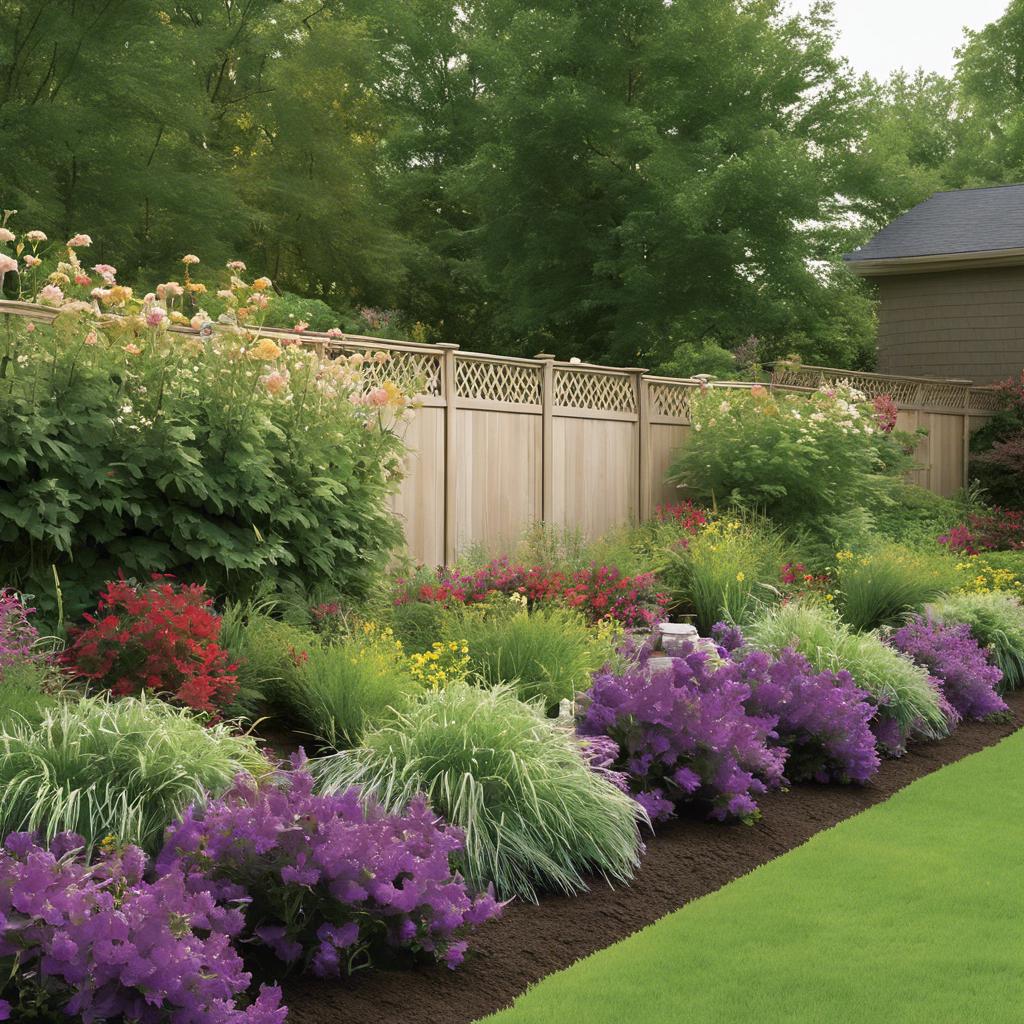
When it comes to creating a fence-side garden, selecting the right plants is crucial for enhancing your landscape and adding a touch of creativity to your boundary planting. The plants you choose should complement your fence and the overall aesthetic of your garden, while also providing functionality and beauty. Consider plants that will thrive in the specific lighting conditions and soil type of your garden, and that will not overwhelm or damage your fence.
For a cohesive and visually appealing fence-side garden, mix and match different types of plants to create texture and depth. Consider incorporating a variety of heights, colors, and foliage types to add interest and dimension to your garden. You can choose from a wide range of plant options, including flowering perennials, evergreen shrubs, ornamental grasses, and climbing vines.
| Plant Type | Characteristics |
|---|---|
| Flowering Perennials | Provide bursts of color throughout the seasons |
| Evergreen Shrubs | Add structure and greenery year-round |
| Ornamental Grasses | Add movement and texture to your garden |
| Climbing Vines | Can be trained to grow along your fence for a vertical element |
When selecting plants for your fence-side garden, consider the maintenance requirements of each plant species to ensure they are a good fit for your lifestyle and gardening preferences. Choose plants that are easy to care for and that will thrive in your specific climate and growing conditions. With a thoughtful selection of plants, your fence-side garden can become a beautiful and inviting addition to your outdoor space.
Creating visual interest with boundary planting

One way to elevate the aesthetic appeal of your outdoor space is by incorporating fence-side gardens with creative boundary planting. By strategically selecting and arranging plants along the perimeter of your property, you can create visual interest and enhance the overall landscape design.
Imagine a lush array of vibrant flowers cascading along the fence line, punctuated by strategically placed shrubs and ornamental grasses. This juxtaposition of colors, textures, and heights adds depth and dimension to the space, making it more visually engaging. Consider planting a mix of perennials and annuals to ensure year-round interest and variety in your boundary garden.
In addition to adding beauty, boundary planting can also serve practical purposes. By planting dense shrubs or tall grasses along the fence, you can create a natural privacy screen or windbreak. This not only enhances the functionality of your outdoor space but also provides a sense of seclusion and tranquility. With careful selection and placement of plants, you can customize your fence-side garden to suit your personal style and preferences.
| Benefits of Boundary Planting |
|---|
| Enhances visual interest |
| Creates privacy and windbreak |
| Adds depth and dimension to the landscape |
Maximizing space and privacy with creative garden design
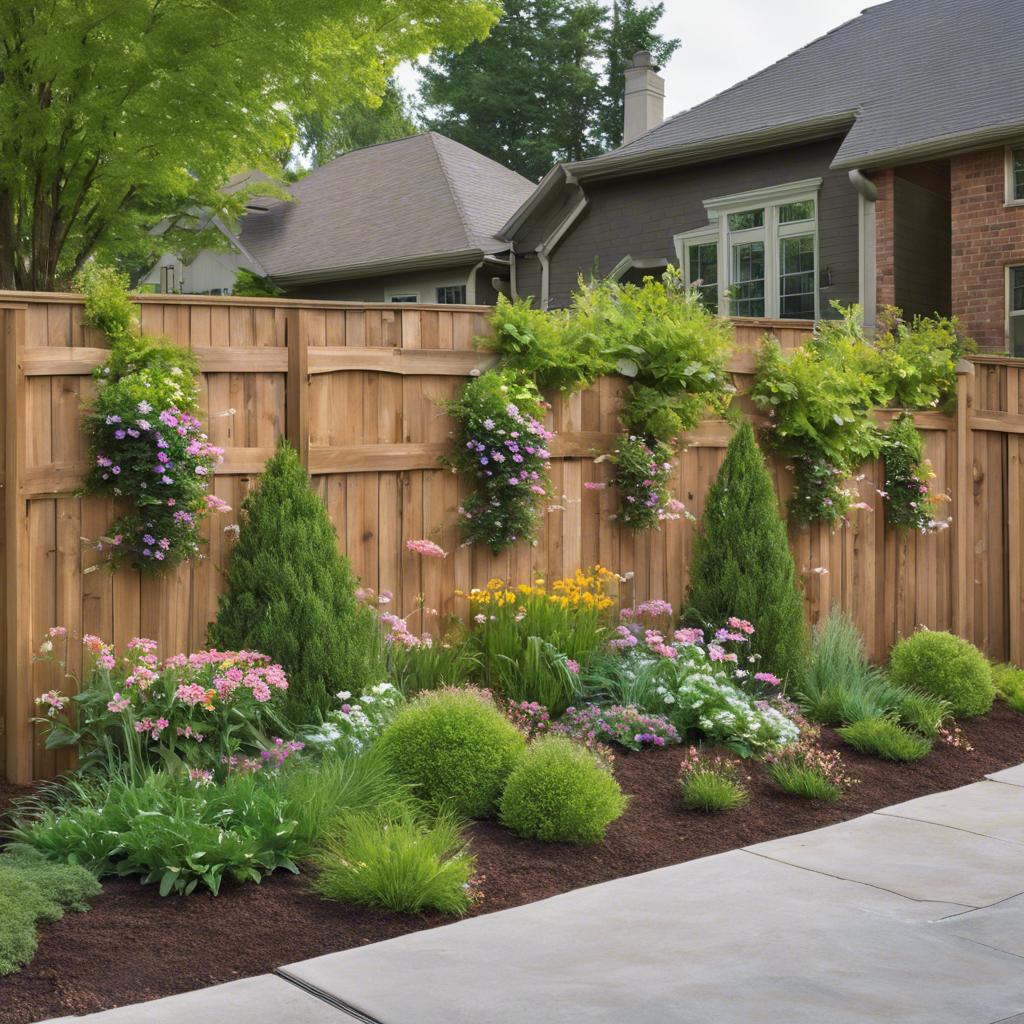
Creating a fence-side garden is a fantastic way to maximize space and privacy in your outdoor area. By utilizing the boundary of your property, you can transform a bland fence into a vibrant and lush garden that enhances your landscape. With some creativity and planning, you can turn your fence line into a beautiful and functional part of your garden.
One way to achieve this is by selecting a variety of plants that not only thrive in your specific climate but also provide a mix of colors, textures, and heights. Consider planting tall shrubs or trees along the fence line to create a natural privacy screen. Add in some flowering perennials and ground cover plants to add color and interest throughout the seasons. By mixing different types of plants, you can create a dynamic and visually appealing border garden.
| Plant Type | Height | Color |
|---|---|---|
| Rose Bushes | 3-5 feet | Pink, Red, White |
| Creeping Phlox | 6-12 inches | Purple, Pink, White |
In addition to selecting the right plants, consider adding hardscaping elements such as decorative fencing, trellises, or garden statues to enhance the visual appeal of your fence-side garden. These elements can help define different areas within the garden and add a sense of structure to the space. By combining plants with hardscaping features, you can create a cohesive and well-designed fence-side garden that not only maximizes space and privacy but also adds beauty and character to your outdoor area.
Maintaining and caring for fence-side gardens
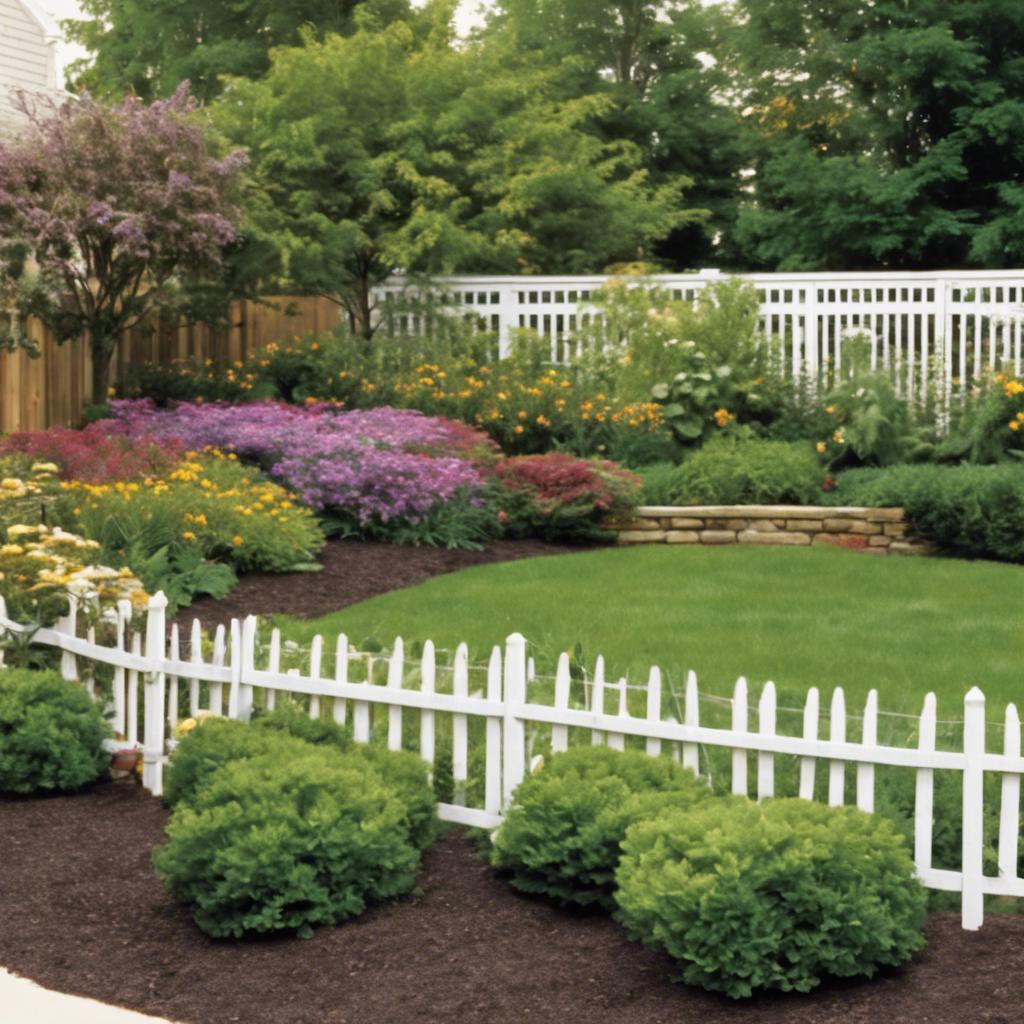
Fence-side gardens can add a touch of charm and beauty to your landscape, while also serving as a creative boundary planting. These gardens are a great way to maximize space and showcase your green thumb skills. To ensure your fence-side garden thrives, follow these tips on maintaining and caring for your plants:
Proper watering: Make sure to water your fence-side plants regularly, especially during hot, dry weather. Be mindful of the specific watering needs of each plant and adjust accordingly.
Weeding and mulching: Keep your fence-side garden looking tidy by regularly weeding and applying mulch. Mulch helps retain moisture, suppress weeds, and improve soil quality.
